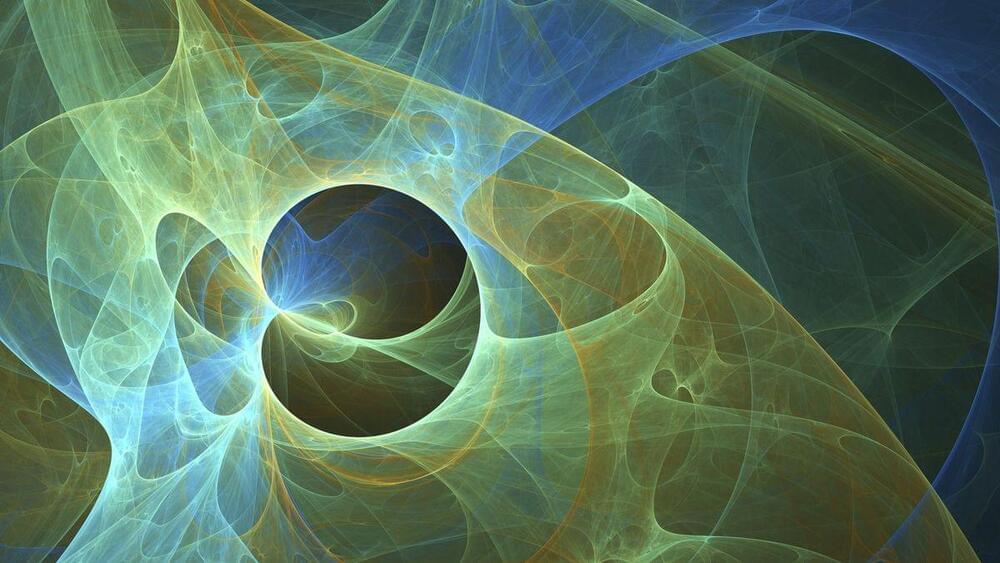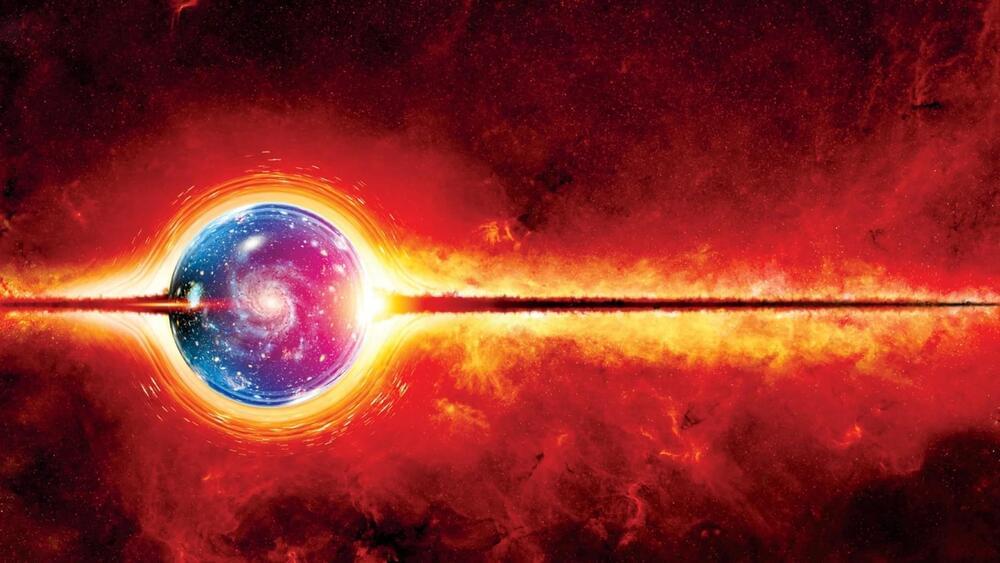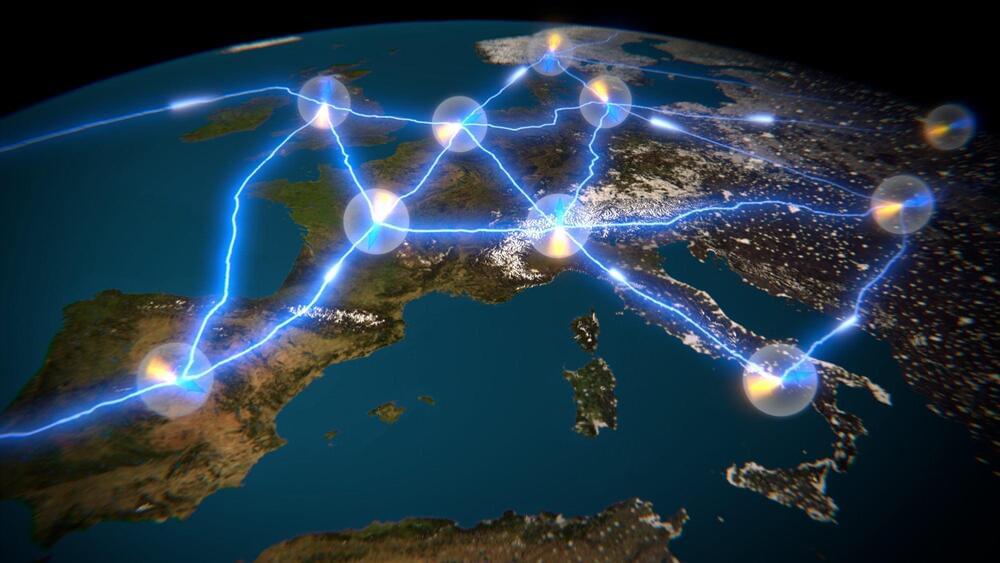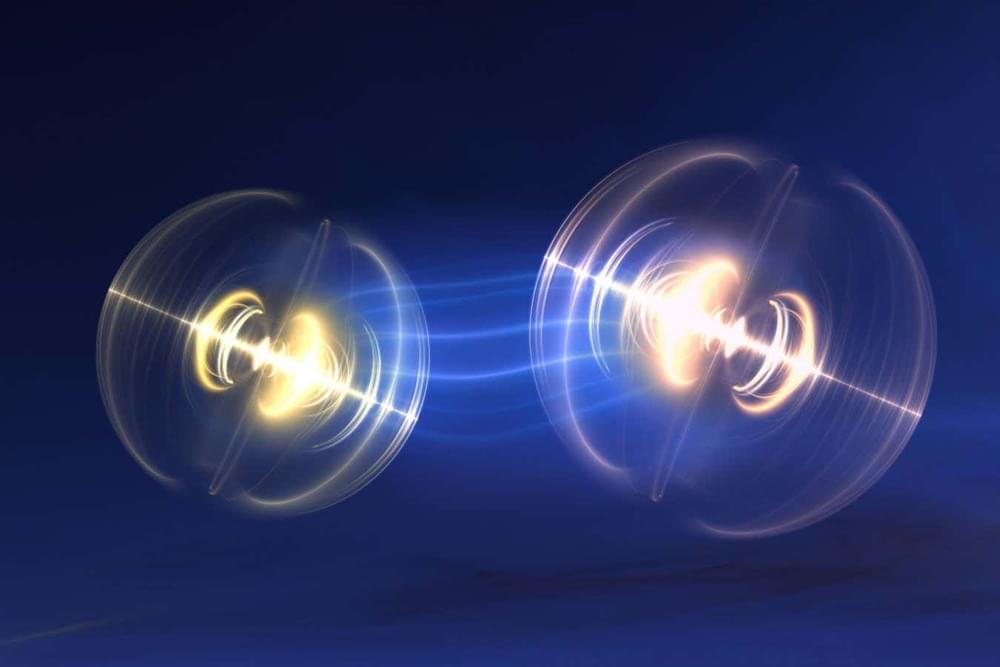AI dominated tech news this year, but has the technology actually been improving? We review the leaps we’ve seen, as well as what’s new in the world of quantum computing.


In today’s episode of Theories of Everything, Curt Jaimungal and Julian Barbour challenge conventional physics by exploring Barbour’s revolutionary ideas on time as an emergent property of change, the universe’s increasing order contrary to entropy, and the foundational nature of shape dynamics.
SPONSOR (THE ECONOMIST): As a listener of TOE you can get a special 20% off discount to The Economist and all it has to offer! Visit https://www.economist.com/toe.
TOE’S TOP LINKS:
Support TOE on Patreon: / curtjaimungal (early access to ad-free audio episodes!)
Enjoy TOE on Spotify! https://tinyurl.com/SpotifyTOE
Become a YouTube Member Here:
/ @theoriesofeverything.
Join TOE’s Newsletter ‘TOEmail’ at https://www.curtjaimungal.org.
LINKED MENTIONED:
The Janus Point (Julian Barbour’s book): https://www.amazon.com/Janus-Point-Ne?tag=lifeboatfound-20…
‘Relational Concepts of Space and Time’ (Julian Barbour’s 1982 paper): https://www.jstor.org/stable/687224
‘The Theory of Gravitation’ (Paul Dirac’s 1958 paper): https://www.jstor.org/stable/100497
Carlo Rovelli on TOE: • The Loop Quantum Gravity Debacle: Car…
‘On the Nature of Things’ (book): https://www.hup.harvard.edu/books/978…
Leibniz: Philosophical Writings (book): https://www.amazon.com/Leibniz-Philos?tag=lifeboatfound-20…
Elementary Principles of Statistical Mechanics (book): https://www.amazon.com/Elementary-Pri?tag=lifeboatfound-20…
The interpretations of quantum mechanics in 5 minutes (article): https://curtjaimungal.substack.com/p/.…
Sean Carroll on TOE: • The Crisis in (Fundamental) Physics i…
Timestamps:
00:00 — Introduction.
02:12 — Working Outside of Academia.
03:53 — Space, Time, Dimension.
10:40 — Mach’s Principle.
21:33 — Mach Confused Einstein.
24:22 — Two Particle Universe.
31:46 — Carlo Rovelli.
35:02 — Julian’s Ontology.
43:37 — Julian’s Theory ‘Shape Statistics’
51:11 — Leinbiz’s Philosophical Writings.
56:14 — Expansion of the Universe (Scale Invariance)
01:05:02 — Cosmological Principle.
01:15:34 — Thermodynamics.
01:17:15 — Entropy and Complexity.
01:30:40 — Wave Function / Double Slit Experiment.
01:39:21 — God.
01:44:48 — The Role of Instruments.
01:47:44 — Etymology of Pattern and Matter.
01:51:25 — Join My Substack!
Other Links:


Could Our Universe Have Been Born from a Black Hole?
Black holes are among the most mysterious and fascinating objects in the universe, known for their powerful gravitational pull that nothing can escape. Interestingly, if you were to compress all the matter in the universe into a single point, you would create a black hole roughly the size of the universe itself. While we do not live inside a black hole, the similarities between black holes and our universe raise intriguing questions about their connection.
Event horizons: no escape in both cases.

Quantum teleportation, once confined to the pages of science fiction, is steadily becoming a tangible scientific achievement. Advances in quantum mechanics over the last decade have transformed teleportation from a theoretical concept into an experimental reality.
These breakthroughs have revealed innovative methods for transmitting information instantaneously over vast distances, offering transformative possibilities for computing, communication, and cryptography. Scientists are now closer than ever to bridging the gap between imagination and reality in this cutting-edge field.
At its core, teleportation in the quantum world isn’t about physically transporting objects or people, as popularized by franchises like Star Trek. Instead, it involves transmitting quantum states—essentially the fundamental properties of particles like electrons or photons—without physical movement of the particles themselves.



Northwestern University engineers are the first to successfully demonstrate quantum teleportation over a fiber optic cable already carrying Internet traffic.
The discovery, published in the journal Optica, introduces the new possibility of combining quantum communication with existing Internet cables — greatly simplifying the infrastructure required for for advanced sensing technologies or quantum computing applications.

Some quantum fields that extend throughout all of space-time could be a rich resource of quantum entanglement that can be extracted forever.
The black hole information paradox has puzzled physicists for decades. New research shows how quantum connections in spacetime itself may resolve the paradox, and in the process leave behind a subtle signature in gravitational waves.
For a long time we thought black holes, as mysterious as they were, didn’t cause any trouble. Information can’t be created or destroyed, but when objects fall below the event horizons, the information they carry with them is forever locked from view. Crucially, it’s not destroyed, just hidden.
But then Stephen Hawking discovered that black holes aren’t entirely black. They emit a small amount of radiation and eventually evaporate, disappearing from the cosmic scene entirely. But that radiation doesn’t carry any information with it, which created the famous paradox: When the black hole dies, where does all its information go?